Because every other Saturday is Pete’s mum’s ‘hairdresser day’, we have an hour to spend in the very small village of East Cowes. Sometimes we go to the grocery store, sometimes we have a cup of coffee and mooch around the charity shops, or when the weather is good, we go for a walk along the waterfront. East Cowes is across the river Medina from West Cowes, home of famous and fabulous sailing activities, so there are often fun sailing events and ships to watch offshore.
This past weekend we decided to visit a nondescript classic boat museum which we had often walked past but never gone inside.
Well! What a treasure trove!
In 50 minutes we barely scratched the surface and left only because our time was up, and we knew we could come back again. We chose not to take advantage of the 92 year old docent1 as she seemed to be quite settled with her cup of tea when we arrived, but next time, we promised ourselves, we would definitely hear what she has to say.
Among the many surprises were these two interesting and unexpected people. First was a woman named Marion 'Joe' Carstairs who was dubbed "The fastest woman on the water." According to the exhibits about her, she was a fiercely independent and openly gay woman who was heiress to an oil fortune. She lived on the Isle of Wight in the 1920s and used her wealth to commission, develop and race in some of the fastest early powerboats in the the world. But what I enjoyed learning even more that that in her earlier years, she had joined the American Red Cross so she could drive ambulances in France during the First World War. After the armistice of 1918 she remained in France, recovering the bodies of fallen soldiers for identification and reburial in the war cemeteries.
During the second world war, she led a bold mission to rescue the U.S. ship Potlach which had been torpedoed. She set off in a schooner at night, without lights, into U-Boat territory to rescue 47 American sailors close to death. When she put the sailors ashore at Nassau, much to the surprise of these sailors, she was not a young man but in fact a woman of 42. And this was just one of the many colourful characters described in the museum.
The other previously unknown story we learned was about the Airborne lifeboat invented by Uffa Fox. During World War II a significant number of Allied airmen had to ditch into the sea. Their chances of survival once they ditched were very low and many lives were lost. Uffa Fox invented an unsinkable lifeboat which could be carried beneath an aeroplane and dropped by parachute to the downed airmen. Uffa and his team designed and built the prototype in only 5 weeks: a 23-foot boat carried under the belly of a Hudson bomber.
The airborne lifeboat enabled the rescue of over 600 people during the war. And added to that was more thinking that was really clever: Aircrew who were not used to the sea were provided with an instruction manual telling how to erect the mast and sails, how to prime and start the engines, tools for navigation and even how to treat sunburn. Clever, right?
Not all small regional museums and their guides are created equal, but we have decided they are always worth a visit. One of our first trips to a small museum was to the California Oil museum in Santa Paula, near Ventura in Southern California. The Museum is housed in the original 1890s headquarters of the Union Oil Company. Oil fields were discovered in the area in 1916 and the industry has been a significant employer in the area.
A lovely elderly gentleman offered to show us around some of the numerous geological- and historical-focused exhibits. We were delighted to have his personal knowledge guide us through the many cases. And he was a charming guide to begin with, but forgetful. He would often stop mid-sentence, and then start agin at the beginning. And he spoke v e r y s l o w l y. Pete managed to shimmy away early on but I politely nodded attentively for as long as I could, until I managed to find a reason for why we should part company at some point.
We had a much more entertaining guide who took us around the Disney Concert Hall in Los Angeles. No, it is not exactly a small regional museum, but the guide is what made it an amazing tour. The concert hall—designed by Frank Gehry and the acoustics by Minoru Nagata—have made it one of the most impressive concert halls for both it’s fascinating design and splendid acoustics. Our guide regaled us with stories about the funding, building, and acoustical dramas during the construction of the building. Because he had lived in LA since the early days of Hollywood, our guide wove through stories of the growth of the music industry and the numerous people who made Hollywood a centre of music. The way he told many stories, we were sure they came from his own experience. If you have seen ‘the Holiday’ movie, he was our very own Arthur Abbott.
After our visit to the Isle of classic boat museum, Pete’s sister told me about a delightful hidden gem of a museum in Chertsey (outside London) which includes a huge selection of handmade 3/4 size costumes from different eras in the past for visiting children to try on. When I looked it up (as you do), I learned that not only does the museum cover local archaeology and history; social history, including a WW2 bomb map for the surrounding Runnymede Borough; fine and decorative arts of the area, particularly clocks, ceramic and silver; but also holds the “nationally significant Olive Matthews Collection of Dress and Textiles”. Whew. All that for no fee, although donations are gladly welcomed.
All of which has reminded me once again that whenever we visit a new place, and even in our local area, it is worth visiting those small museums that are tucked away off the the main track. Who knows what hidden stories you may learn?
As always, thanks again for reading! I’d love to hear about any special museums or guides you have been impressed with. I am late to taking guided tours and now I just love them, and am always delighted to learn about memorable ones from others.
Until next week, happy learning!
xoxo Sabrina
Here are links to the various museums/places mentioned above:
https://www.classicboatmuseum.com/
https://www.caoilmuseum.org/
https://www.laphil.com/about/our-venues/about-the-walt-disney-concert-hall
https://chertseymuseum.org/home
Clicking the little ❤️ button helps other people find this, and triggers a little happy dance! 💃
If you know anyone who might like to read these posts, feel free to send this one their way. Just click this button here:
And if you aren’t subscribing already, here’s the button for doing that (it’s free!):
We KNOW she is is 92 because when we stopped by a couple of weeks earlier to confirm the opening hours for our future visit, the woman at the desk told us the impressive age of the guide.

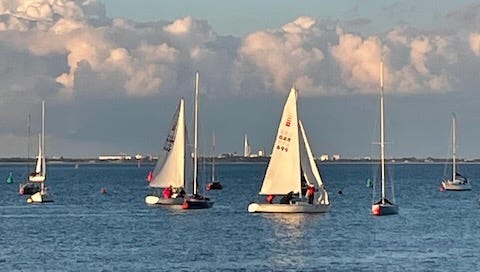



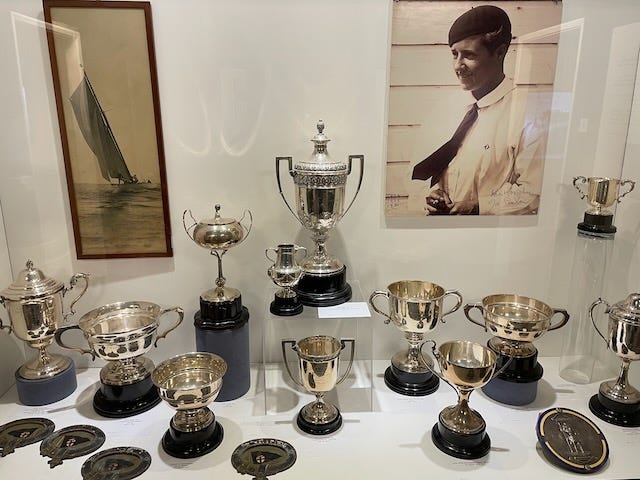
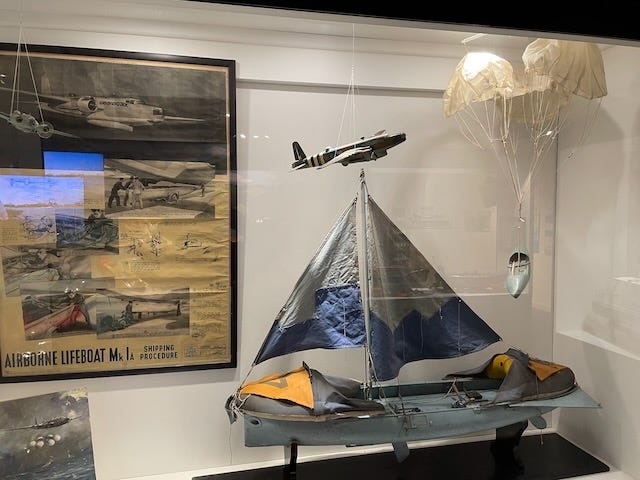
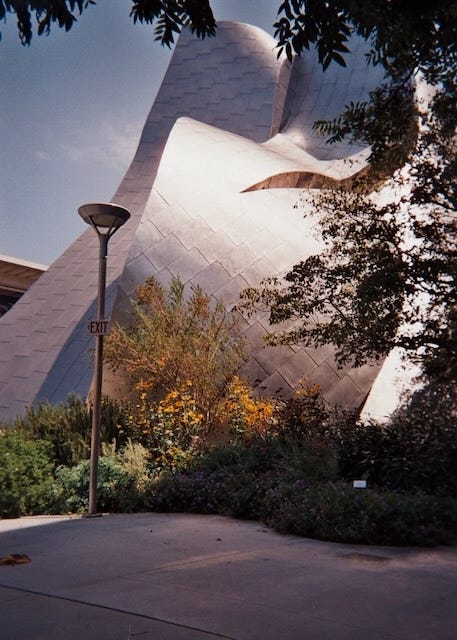
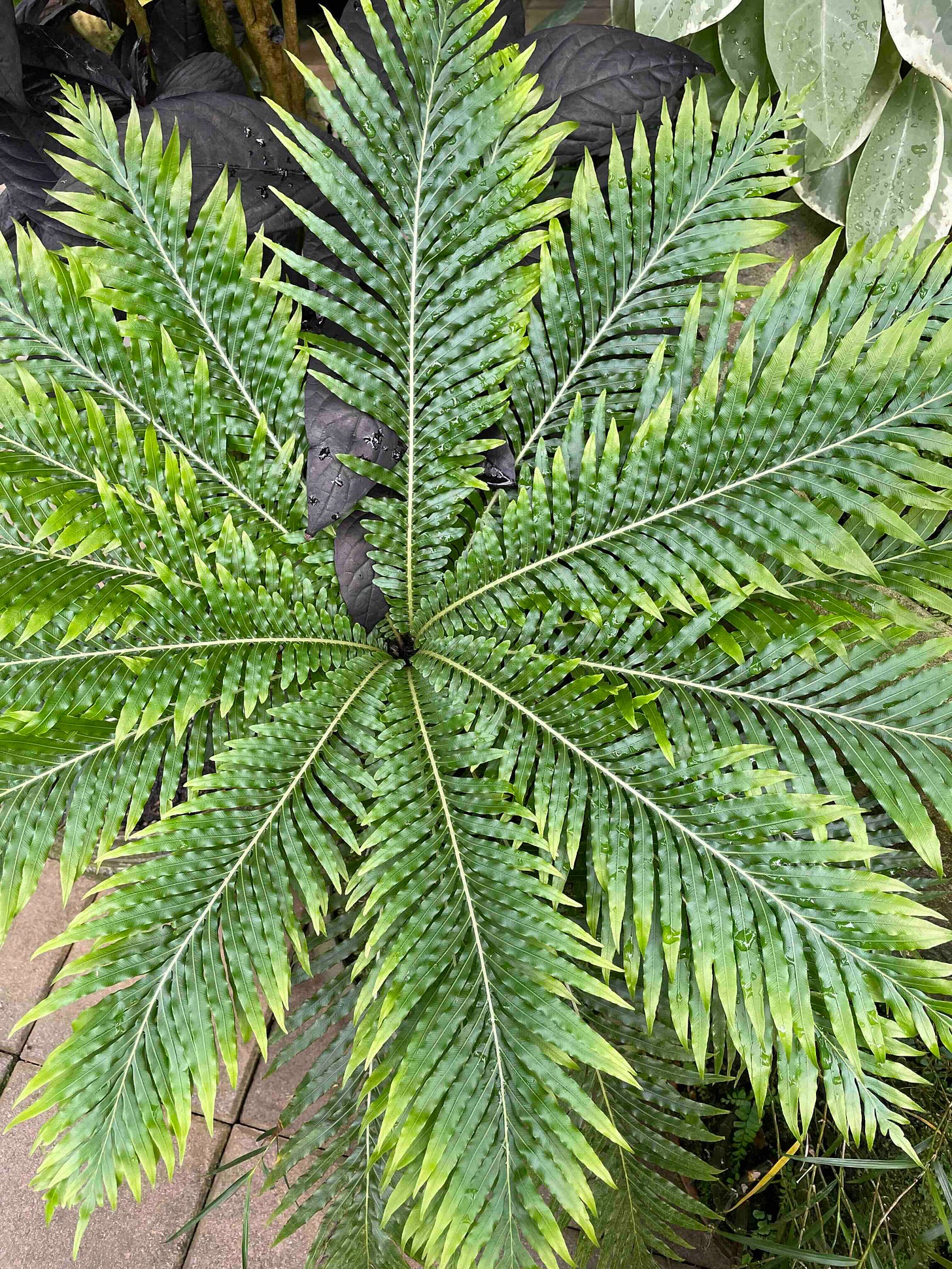
I love this! Thank you for sharing all these hidden gems! It made me think about the act of noticing and how that is one of writing's gifts, I feel - how that draws us to overlooked (and often downright strange!) places. The Frank Gehry Disney Concert Hall is gorgeous, very "him". It reminded me of his Guggenheim in Bilbao and also a gorgeous hotel he built in La Rioja. Thank you for letting me travel with you once again!
I see that history has made it onto the scene in this post :). I very much enjoyed the stories of what you found wandering through little unknown museums. Luckily, Fabio also likes to explore local and regional museums so we do it whenever we can. My appreciation for doing spontaneous travel sidetrips like that comes from parents. On road trips, the driver, usually my father, would always pull over at what he called a "hysterical" marker. Checking out the local history always unveiled interesting surprises.
I agree with Jayne's comment about how writing helps you notice places and opportunities even more. It keeps one with a wide-eyed curiosity.